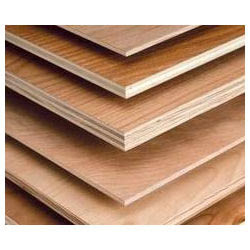Melamine - MFC
Melamine
Faced Chipboard (MFC) is
a uniquely designed wood panel manufactured with the state-of-the-art
technology, and is commonly used as a core material for home and office
furnitures, wall panels, worktops as well as hifi-speaker boxes. MFC comes in
both moisture resistant (MUF V313 grade) and non-moisture resistant (UF grade)
specifications. Included is our latest development, the EO low formaldehyde
emission grade chipboard which is in compliance to the JIS A5908 standard.
Surface
Technical Specifications
|
|||||||||||||||
|
High Gloss - MDF
Medium-density fibreboard (MDF) is an engineered wood product formed by breaking down
hardwood or softwood residuals into wood fibres,
often in a defibrator, combining it with wax and
a resin binder, and forming
panels by applying high temperature and
pressure. MDF is denser than plywood. It is made up of separated fibres, but
can be used as a building material similar in application to plywood. It is
stronger and much denser than average particle board.
Laminated - Plywood
Technically, all plywood is Plywood
Veneer. Plywood is an engineered wood. It is created by gluing at least
three thin layers of wood, called plies or veneers, together so that the wood
grain in each veneer layer is perpendicular to the grain of the previous layer.
Plywood veneer is a very strong, durable product.
Veneer is created by shaving thin
layers of wood off a suitable log. In the rotary cutting process, the entire
log is rotated evenly while held against a long blade. It is the most efficient
method of cutting veneer and results in the largest sheet. In the flat cut
method, layers are cut from one side of a stationary log. This often results in
beautiful grained veneer.
Plywood veneer can be made from rotary
cut or flat cut veneer. The important element of plywood veneer is that each
layer is placed so that the wood grain is at a 90 degree angle to the wood
grain in the previous layer. This placement gives plywood veneer its unusual
strength. Because wood tends to crack, swell, shrink, and warp along the grain,
having the grain in each layer run the opposite way reduces wood movement.
The glue used in plywood is also
critical to the strength of the finished plywood veneer. Although the use of
veneer dates back to ancient Egypt, it had a limited range of use, primarily
ornamental.
.jpg)






